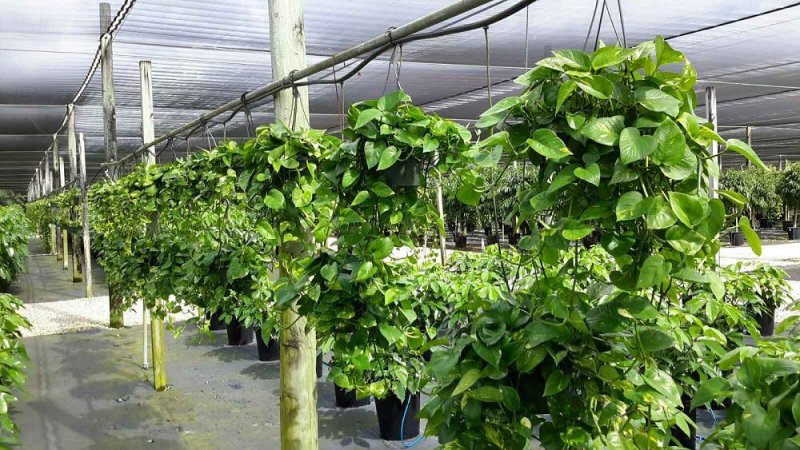Now, researchers at the University of Washington (UW) have genetically modified a common houseplant—pothos ivy or devil’s ivy—to remove chloroform and benzene from the air around it. The modified plants express a mammalian protein, called 2E1, that transforms these compounds into molecules that the plants can then use to support their own growth.
Small molecules like chloroform, which is present in small amounts in chlorinated water, or benzene, which is a component of gasoline, build up in our homes when we shower or boil water, or when we store cars or lawn mowers in attached garages. These compounds are too small to be captured by even HEPA air filters and exposure to each has been linked to cancer.
…
“People haven’t really been talking about these hazardous organic compounds in homes, and I think that’s because we couldn’t do anything about them,” noted senior study investigator Stuart Strand, Ph.D., a research professor in the UW’s civil and environmental engineering department. “Now we’ve engineered houseplants to remove these pollutants for us.”
Read full, original article: GMO Houseplant Purifies Air of Hazardous Compounds































